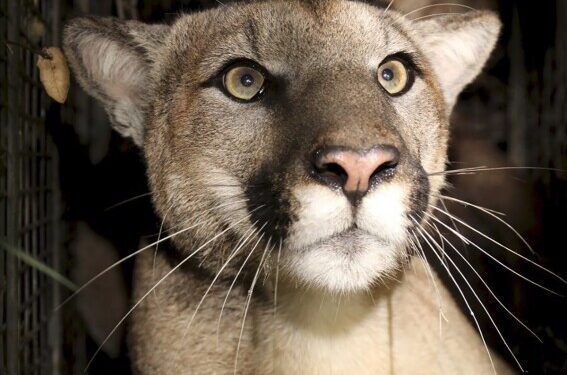WEST VIRGINIA (LOOTPRESS) – Mountain lions, once common across West Virginia, especially in the Allegheny Mountains, played a significant role in the state’s early history.
Known by various names such as cougar, catamount, painter, panther, and puma, these large predators left their mark on the landscape, as evidenced by the numerous Panther Knobs and Panther Runs named after them.
According to the West Virginia Encyclopedia, the eastern cougar, one of 15 subspecies found in North America, was the variety native to West Virginia.
These animals, ranging in color from yellow-brown to gray, could reach up to eight feet in length and weigh as much as 160 pounds, with males generally being larger than females.
Despite their once-thriving population, mountain lions were eventually seen as a threat by European settlers, who offered bounties to eradicate them.
In Randolph County alone, 73 panthers were killed for bounties between 1852 and 1859.
The last confirmed killing of a mountain lion in West Virginia occurred in 1887 in Pocahontas County, according to naturalist A. B. Brooks.
Since then, there have been sporadic reports of sightings, but the source of these animals is uncertain.
Some believe that western cougars, which were captured in Pocahontas County in 1976 after being released there, might be expanding their range eastward.
Despite occasional sightings, the U.S. Fish and Wildlife Service declared the eastern cougar extinct in 2018, following years of public comment and scientific research.
The species was officially removed from the endangered species list on February 22, 2018.









